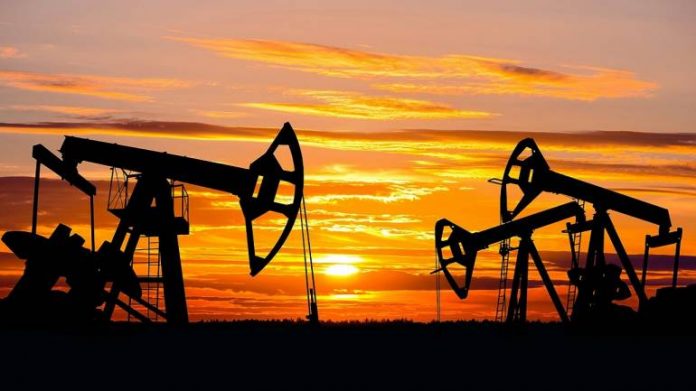OPEC and non-OPEC states gathered in Algiers on September 23 for a meeting that ended with no formal recommendation for any additional supply boost to counter falling supply from Iran.
Oil prices jumped more than 2 percent to a four-year high on September 24 after Saudi Arabia and Russia ruled out any immediate increase in production despite calls by US President Donald Trump for action to raise global supply.
The Organization of the Petroleum Exporting Countries (OPEC) and non-OPEC states, including top producer Russia, gathered in Algiers on September 23 for a meeting that ended with no formal recommendation for any additional supply boost to counter falling supply from Iran.
“The market’s still being driven by concerns about Iranian and Venezuelan supply,” said Gene McGillian, director of market research at Tradition Energy in Stamford. “The failure of the producers to address that adequately this weekend is creating a buying opportunity.”
Brent crude hit its highest since November 2014 at $80.94 per barrel, up $2.14 or 2.7 percent, before easing to $80.62 by 11:05 a.m. EDT (1505 GMT). US light crude was $1.43, or 2 percent, higher at $72.21.
OPEC leader Saudi Arabia and its biggest oil-producer ally outside the group, Russia, on September 23 effectively rebuffed a demand from Trump for moves to cool the market.
“I do not influence prices,” Saudi Energy Minister Khalid al-Falih told reporters on Sunday.
Trump said last week that OPEC “must get prices down now!”, but Iranian Oil Minister Bijan Zanganeh said on September 24 OPEC had not responded positively to Trump’s demands.
“It is now increasingly evident, that in the face of producers reluctant to raise output, the market will be confronted with supply gaps in the next three-six months that it will need to resolve through higher oil prices,” BNP Paribas oil strategist Harry Tchilinguirian told Reuters Global Oil Forum.
Commodity traders Trafigura and Mercuria said that Brent could rise to $90 per barrel by Christmas and pass $100 in early 2019, as markets tighten once US sanctions against Iran are fully implemented from November.
JPMorgan said US sanctions on Iran could lead to a loss of 1.5 million barrels per day, while Mercuria warned that as much as 2 million bpd could be knocked out of the market.
A source familiar with OPEC discussions told Reuters on Friday that OPEC and other producers have been discussing the possibility of raising output by 500,000 bpd.
“We expect that those OPEC countries with available spare capacity, led by Saudi Arabia, will increase output but not completely offset the drop in Iranian barrels,” said Edward Bell, commodity analyst at Emirates NBD bank.
The market has looked to softening demand from trade tensions between the US and China to offset the production cuts from Iran.
Absent signs that trade tensions have eroded Chinese demand, the market will continue to surge, Tradition’s McGillian said. “That is one of the reasons we have cruised toward $80,” he said
US commercial crude oil inventories are at their lowest since early 2015 and although US oil production is near a record high of 11 million bpd, subdued US drilling points towards a slowdown in output.


